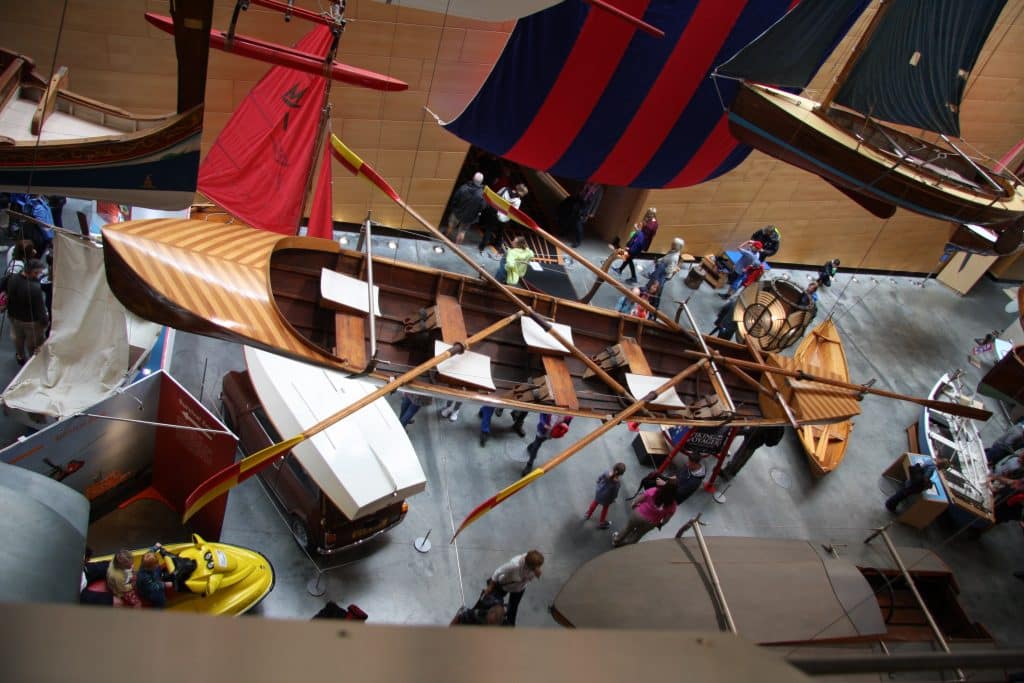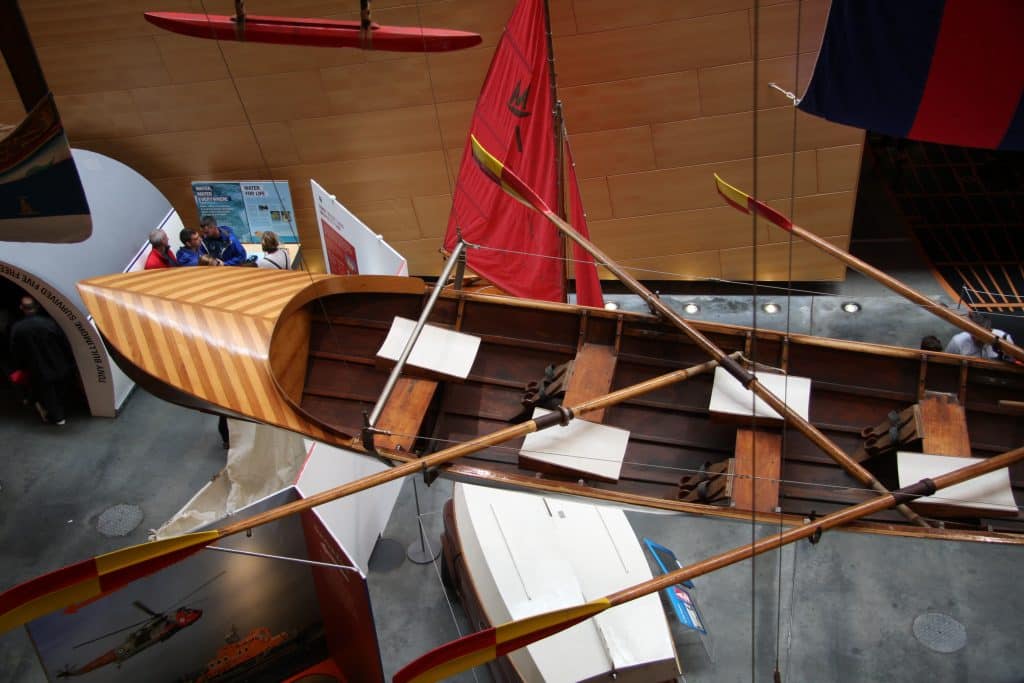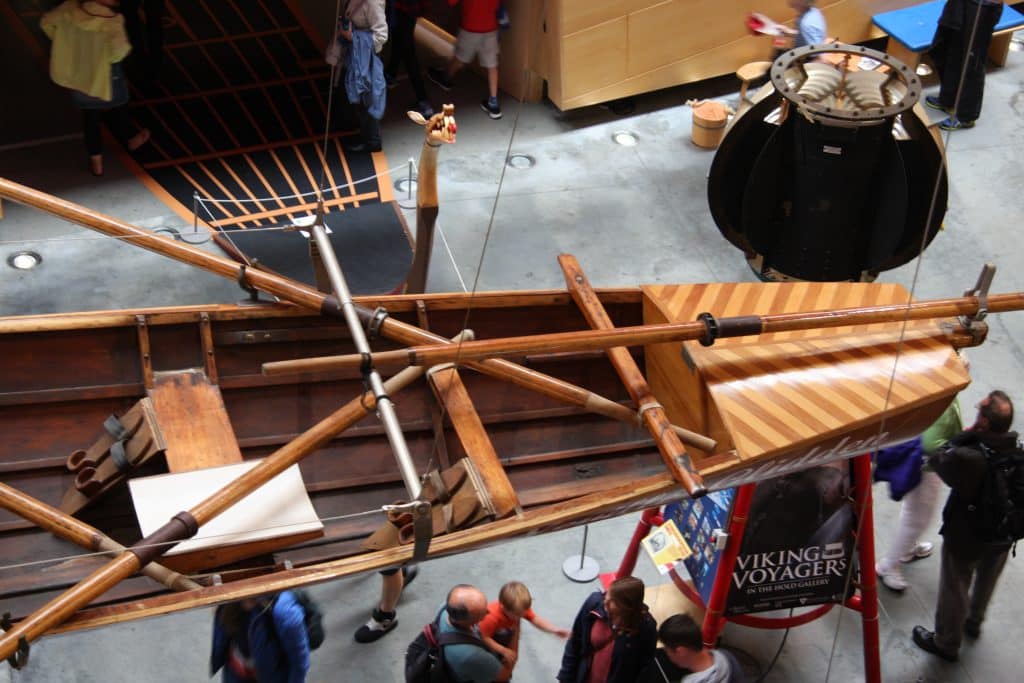 Surf life saving boats were first introduced into the UK from Australia in 1965.
Surf life saving boats were first introduced into the UK from Australia in 1965.
They have always been used primarily for competition and occasionally for rescue. Today, the equipment for rescue has changed dramatically to include jet skis and paddleboards. Surf boats are now only used for competition. Neville Glidden was built in Perth, Australia by Billl Rimmer c. 1963 and named after a founding member of Floreat Surf Life Saving Club in Perth.
The boat was used as a rescue and competition boat until it was shipped to Falmouth Surf Life Saving Club c. 1985. In 1992 the Neville Glidden was then sold to Bude Surf Life Saving Club where it had a successful competition career including third place in the World Surf Life Saving Championships held at Newquay in 1994.
Bude is the oldest surf lifesaving club in the UK, formed in 1953 by Alan Kennedy, an Australian-born surf life saver. The Surf Life Saving Association of Great Britain was formed a couple of years later, in 1955.
Although surf boats today are made of glass reinforced plastic (GRP) or more advanced composite materials, their shape and size has changed little over the years. There are four rowers and one sweep. The sweep stands at the back of the boat using the long steering oar to manoevre the boat through the pounding surf and shout instructions to the rowers. The sweep is the only person facing forward to see what walls of water his crew can expect. At times, the rowers will leave their sitting position to move to the back of the boat to keep the boat stable when ploughing through breaking waves.
Dimensions:
Length 7.8m
Beam 1.65m




